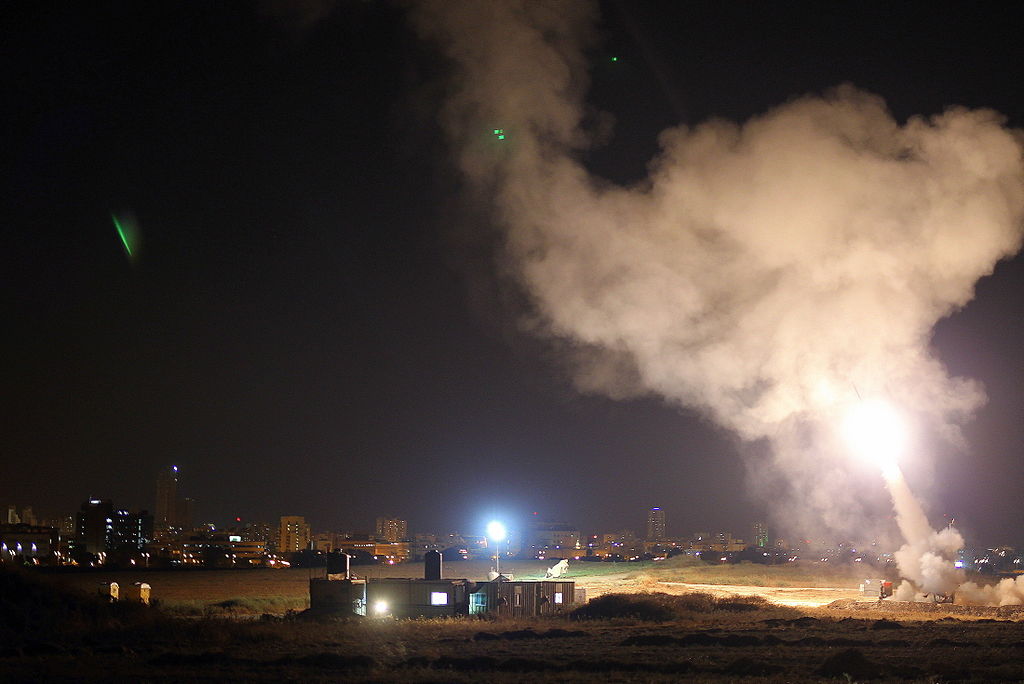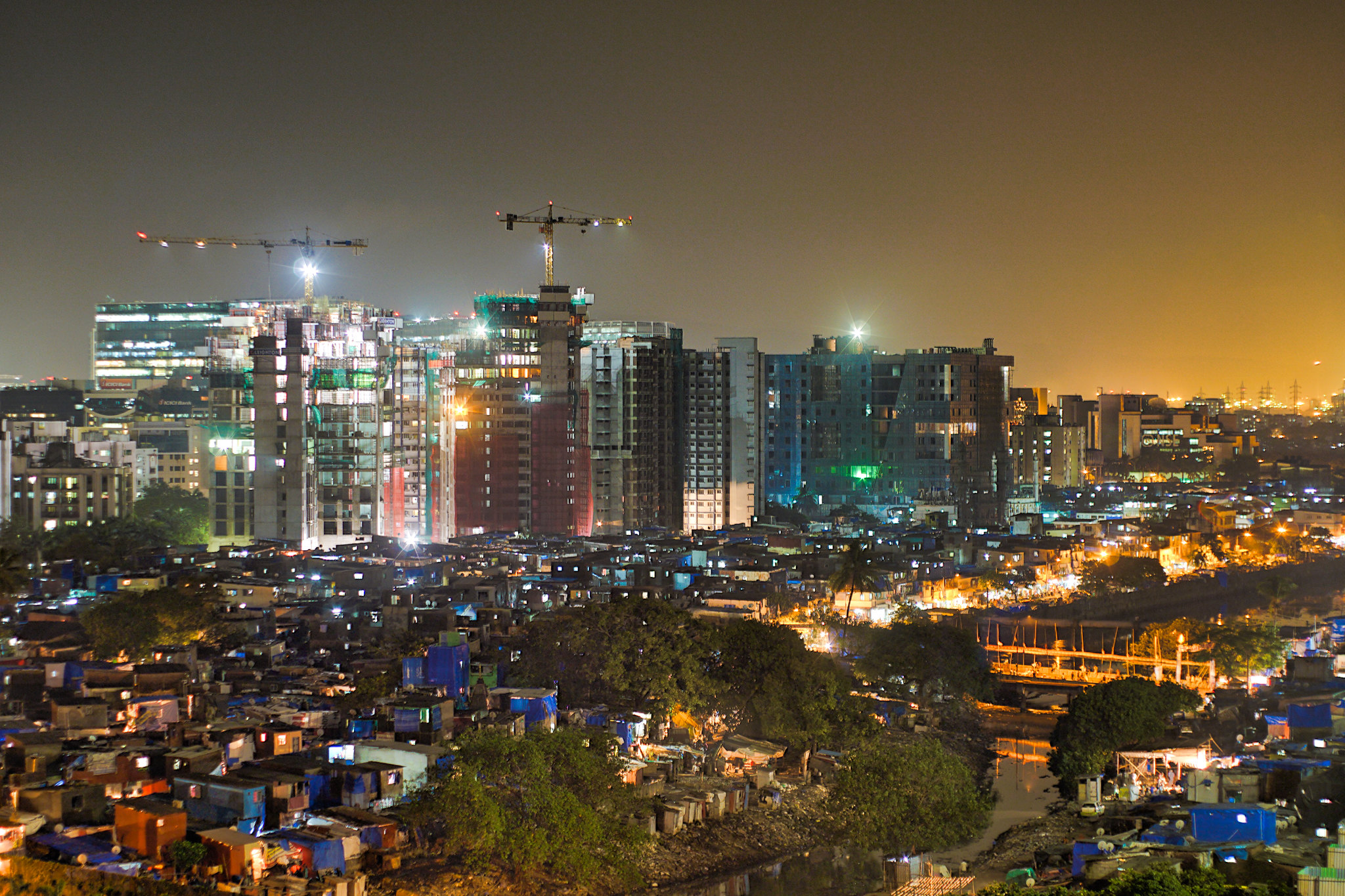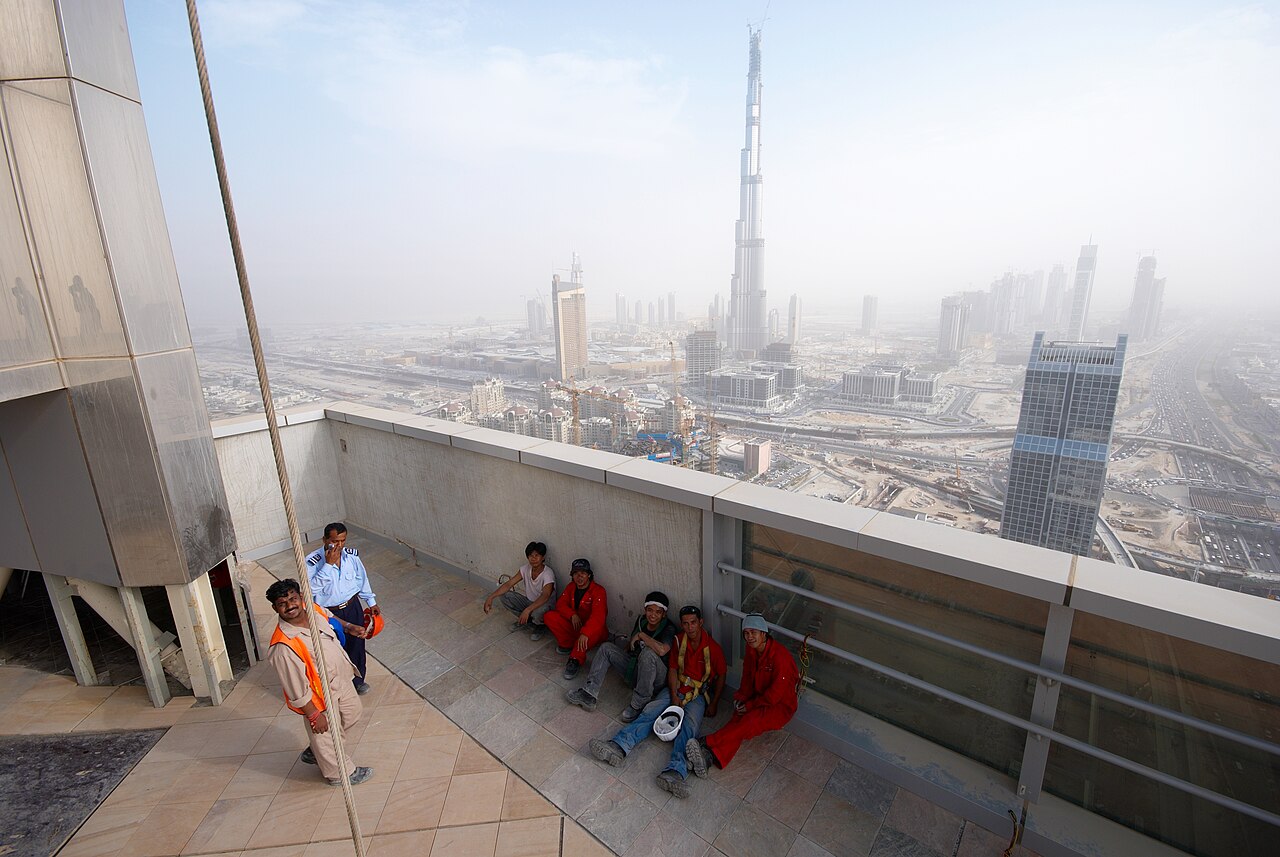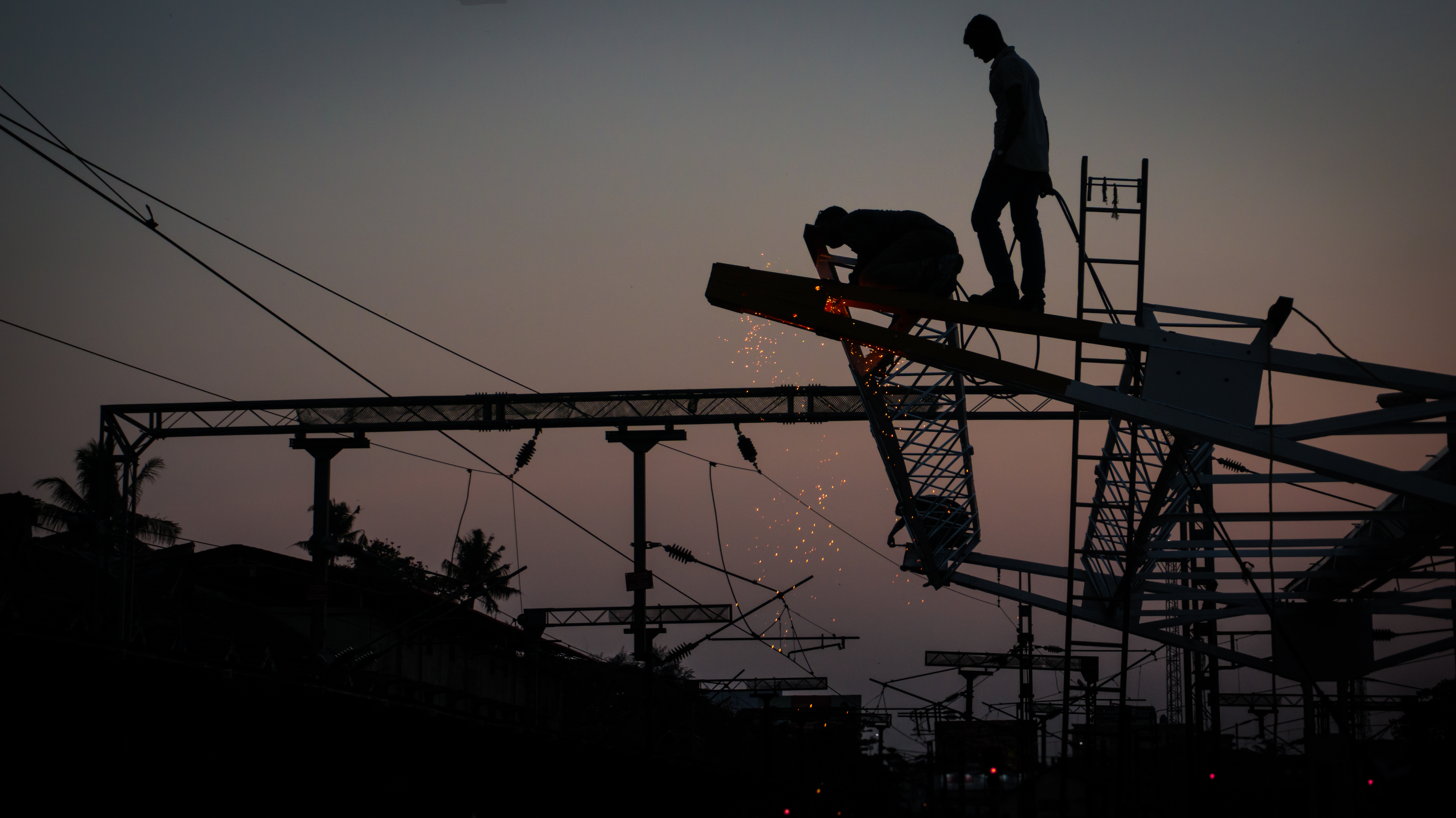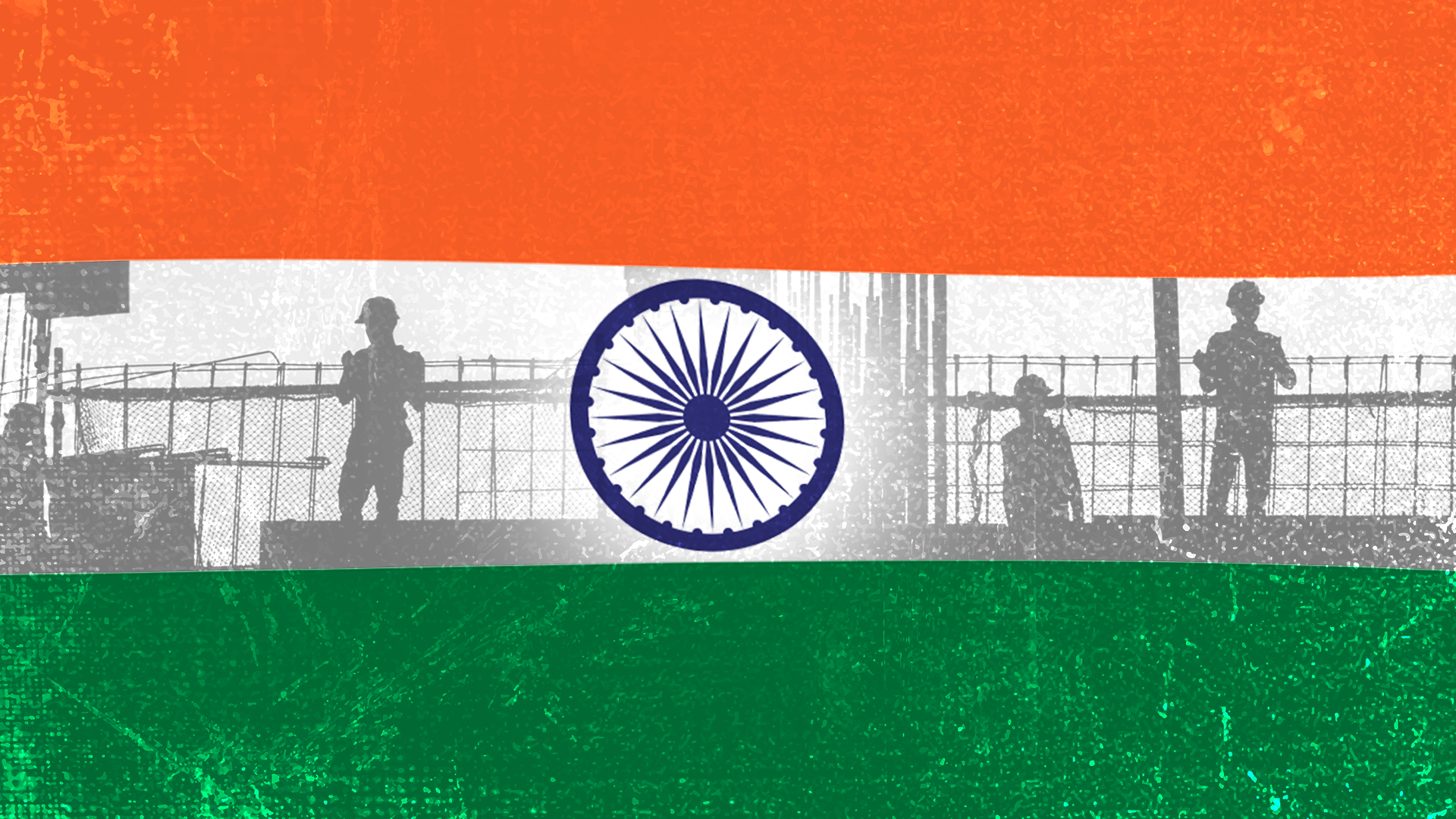Ironclad regulations for migrants in conflict zones are preferable to the current piecemeal approach.
 Migrants tend to ignore risks associated with countries that experience conflict. : Alejandro Avila Cortez Pixabay
Migrants tend to ignore risks associated with countries that experience conflict. : Alejandro Avila Cortez Pixabay
Ironclad regulations for migrants in conflict zones are preferable to the current piecemeal approach.
When 65 Indian construction workers landed in Israel on April 2 to start jobs once taken by Palestinians, they were flying into a firestorm.
Eleven days after their arrival, Iran launched hundreds of drones and missiles on Tel Aviv and other Israeli cities, as the six-month war in the Middle East threatened to spiral out of control.
The Indian labourers were the first of a planned 1,500 due to land in Israel in April, as part of a deal struck last November between Jerusalem and New Delhi after Israel cancelled the work permits of about 90,000 Palestinian workers in the wake of the October 7 Hamas attacks and subsequent invasion of Gaza.
Two days after the Iranian attack, India halted the dispatch of a second batch of workers. Yet the fate of 18,000 Indian caregivers and agricultural workers already working in Israel hangs in the balance with fears that the conflict might intensify.
The government advisory to temporarily halt sending workers to Israel has been roundly criticised by policy experts for being poorly planned and bereft of any “moral justification”, especially when tensions in the Middle East were bound to escalate. The Israel-India labour agreement was signed in November, more than a month after the latest round of hostilities broke out.
It’s not only the Middle East where Indian workers are in the firing line.
Reports of at least 30 Indians joining the ranks of the Russian army as “helpers” and some subsequently being pushed as combatants in the war against Ukraine also exposes the lack of a coherent policy around Indian labour in conflict zones.
At the heart of the current problem is India’s deepening unemployment problem. While 6.6 percent of Indians in urban areas are unemployed, 17 percent youth under age 29 are without jobs, reflecting the country’s so-called economic performance as one of jobless growth.
There is no denying that the desire for decent pay is the prime reason behind international migration. People on the move tend to ignore risks associated with countries that are politically unstable. Indeed, migrants are willing to face hardships in the form of appalling living conditions, long working hours, and maltreatment as long as they get paid for their labour.
An International Labour Organization study shows that Indian workers earn between one-and-a-half to three times more in places such as Kuwait, Saudi Arabia and the UAE. In 2018, the bulk of Indians living in the Gulf region or Southeast Asia were low and semi-skilled migrants.
The India Employment Report 2024 made a stunning revelation, claiming that 83 percent of the total unemployed are young people, aged between 15 and 29. It took only 19 years for the crisis around youth employment and underemployment to deepen. Haryana and Punjab recorded the highest unemployment rates among large states.
The government is fully aware of the high levels of outmigration which is as much as 28.9 percent. About 10.8 percent people migrated due to unemployment. Among India’s states hit most by outmigration is Uttar Pradesh, which ranked higher than Kerala.
An important indicator of the level of migration from India is the volume of remittances. The World Bank reports that India is the highest recipient of remittances globally, with Mexico and China second and third. In 2022, remittances to India stood at USD$111.22 billion.
Overseas migrant workers are as important to the country as the ones still at home. Despite this, little or no attention is paid to the appalling conditions Indian workers live in abroad.
A recent study revealed that the living and working condition of migrant workers in the UK care industry was alarming, with some working 72 hours a week, others underpaid, or not paid at all, others forced into usurious loans and suffering ill-treatment by employers.
The preamble to the International Convention on the Protection of Rights of All Migrant Workers and Members of their Families ensures the protection of workers’ interests when employed in countries other than their own.
The Indian workers’ Russia and Israel experiences reveal inadequate policy preparedness, especially in the context of conflict-hit areas of the world. More often than not, policy has been piecemeal and in the form of executive orders that are not legally ironclad.
There is no all-encompassing long-term policy in India to protect her migrant workers in foreign lands.
Even as the government rejects migration as a right, the only law which is applicable is the outdated Indian Emigration Act of 1983.
In recent time, however, the Indian authorities have launched welfare protection schemes for overseas migrant workers. The government ensures an insurance cover of about $12,000 and registered recruitment agents are duty-bound to rescue workers in the event the latter are faced with any problem.
Despite these provisions, there have been reports of gross violation of migrant rights and malpractices by recruiting agencies. A comprehensive policy on overseas labour migration must take into account the entire process – pre-departure, transit, destination and return. International best labour standards and practices must be considered and, wherever necessary and applicable, be instituted within a larger policy framework.
The Indian stand on overseas migrant workers is quite fragmented and patchy. The government is spurred into action when workers are faced with violent conflict situations, exhibiting knee-jerk reactions, as in the case of the Indian workers who were dragged into the Ukraine-Russia battlefield or those who died in Mosul, Iraq, in 2018. Media reports on the missing and dead Indians in this conflict arena led the government to make a few statements but nothing more.
If Bangladesh can safeguard the interests of its international migrant workers, we should be able to do the same or better.
In line with the Dhaka Principles of Migration with Dignity, the Indian authorities could support workers by ensuring they deal with only agents registered under MEA portal, have properly-worded, secure contracts, and extricate workers in emergency situations.
The Indian authorities should eschew their piecemeal stand that they often take when migrant workers find themselves in crisis situations abroad.
Labour migration occurs in the most extreme cases – people go beyond national borders when faced with little or no means to earn a decent income at home. The government could do more than simply issuing routine advisories when conflicts break out in labour-seeking countries.
Swetasree Ghosh Roy is a Professor of Political Science at Jindal School of Government and Public Policy, O.P. Jindal Global University. Her research interests include international and domestic conflict processes, international institutions, political economy, and comparative political systems. Her research interests are in areas of youth bulge and civil unrest. Ghosh Roy obtained a PhD in Politics and Government from Louisiana State University, Baton Rouge, Louisiana.
Originally published under Creative Commons by 360info™.
Editors Note: In the story “Migrant workers” sent at: 25/04/2024 05:00.
This is a corrected repeat.


